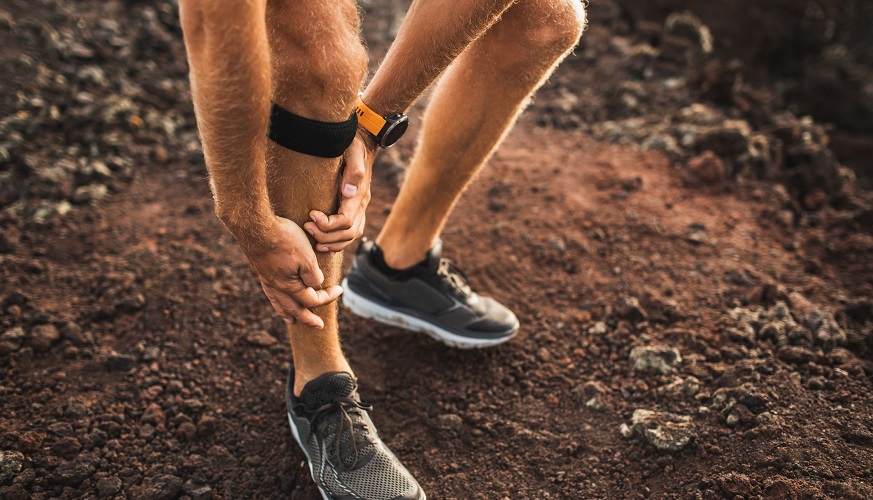
How to Avoid Shin Splints During Exercise
Have you ever noticed an intense pain in the front of your lower legs, next to your shin bones, during exercise? No matter your fitness level, that pain you’re experiencing may be shin splints, or medial tibial stress syndrome, as the condition is also known.
Shin splints occur when you put too much stress on your tibia, or the muscle next to the tibia, during exercise. High energy exercise programmes and sports can be to blame. However, you can also experience shin splints after a lot of running or jumping.
As painful as they can be, they are not permanent. There are things you can do to avoid them and treat them.
Stretching
Before you begin exercising, take the time to stretch your hamstrings and calf muscles. Having tight muscles in your legs can put you at a higher risk of suffering from shin splints.
Transition Through Exercises Carefully
Even if you at the top of your game when it comes to fitness, it still pays to transition through exercises carefully. This means avoiding a sudden increase in activity when your body is not expecting it.
When you start running, jumping, and walking, do it gradually over several days. Don’t change up your workout routine drastically because it can be detrimental to your muscles and bones.
Choose Your Surfaces Carefully
Ask anyone who has suffered from shin splints, and they will tell you that hard surfaces like concrete are not doing you any favours. Hard materials can increase how much force your muscles and bones need to absorb during your fitness routine.
Whether you’ve suffered from shin splints in the past, or you want to prevent them, be more particular with your workout surfaces. Where possible, opt for grass, synthetic surfaces, sand, dirt, or even sprung wood flooring.
Buy New Shoes
Sometimes, your footwear can be to blame for getting shin splints. If they don’t have proper support or they don’t fit properly, then you’re not doing your legs or feet any favours. Visit a physical therapist or athletic shoe expert and select shoes that can help. You may find that having more than one pair can be of benefit as you can rotate their use.
Work on Your Arches
Believe it or not, the arches in your feet can make you more or less at risk of shin splints. Health conditions, age, and injuries can all impact your arch, leading to weakness in your muscles.
If you work on strengthening your feet, you can prevent pain from shin splints or stop them from forming in the first place. There are plenty of arch muscle exercises you can carry out to enable your feet to respond to shock better.
Maintain a Healthy Bodyweight
You may be more at risk of shin splints if you are overweight or obese. It’s essential to exercise at any weight, but consider exercise options with reduced joint impact until you can reach that healthier body weight that puts you at a reduced risk of shin splints.
Anyone of any fitness level can be at risk of shin splints. However, there are certainly ways you can decrease the risk. If you have ongoing problems with the condition, though, it’s worth seeing a medical professional for advice.
